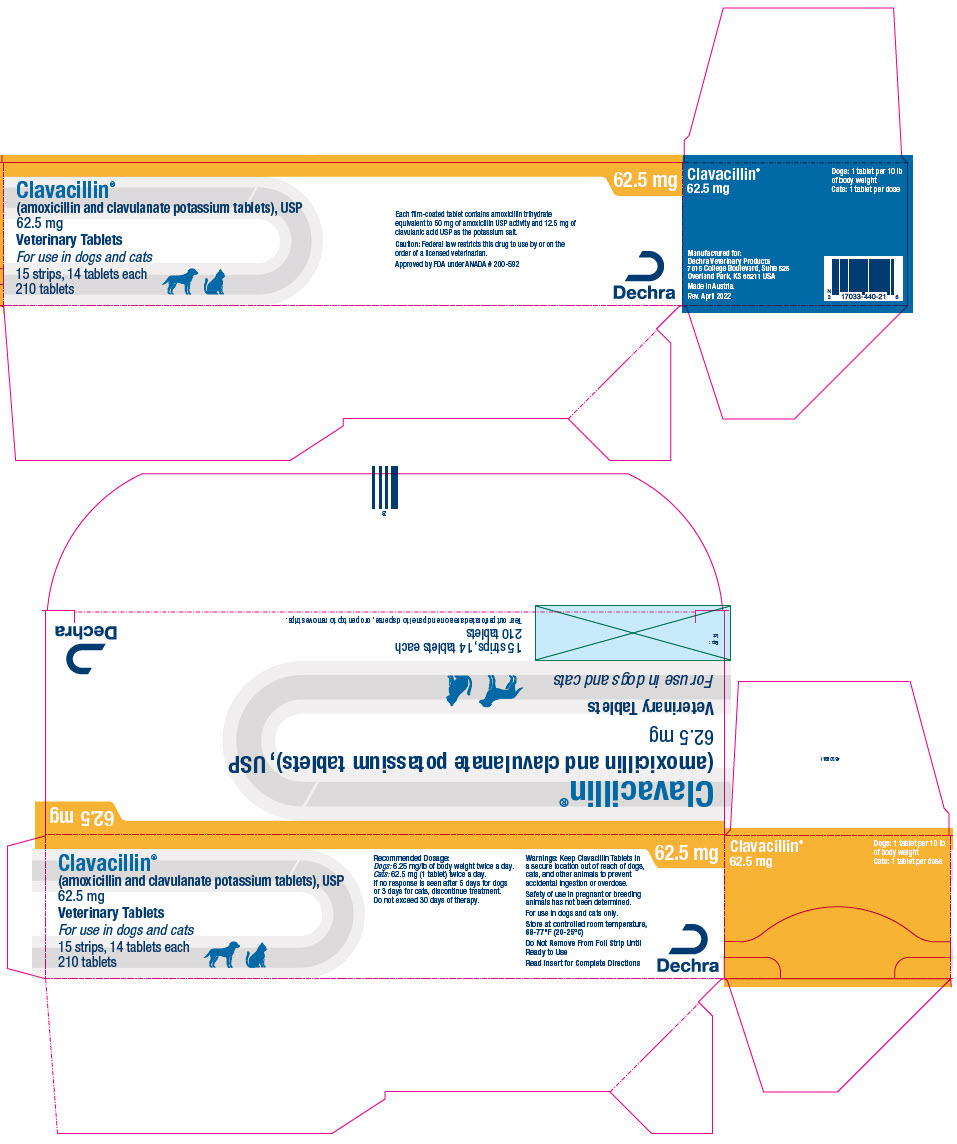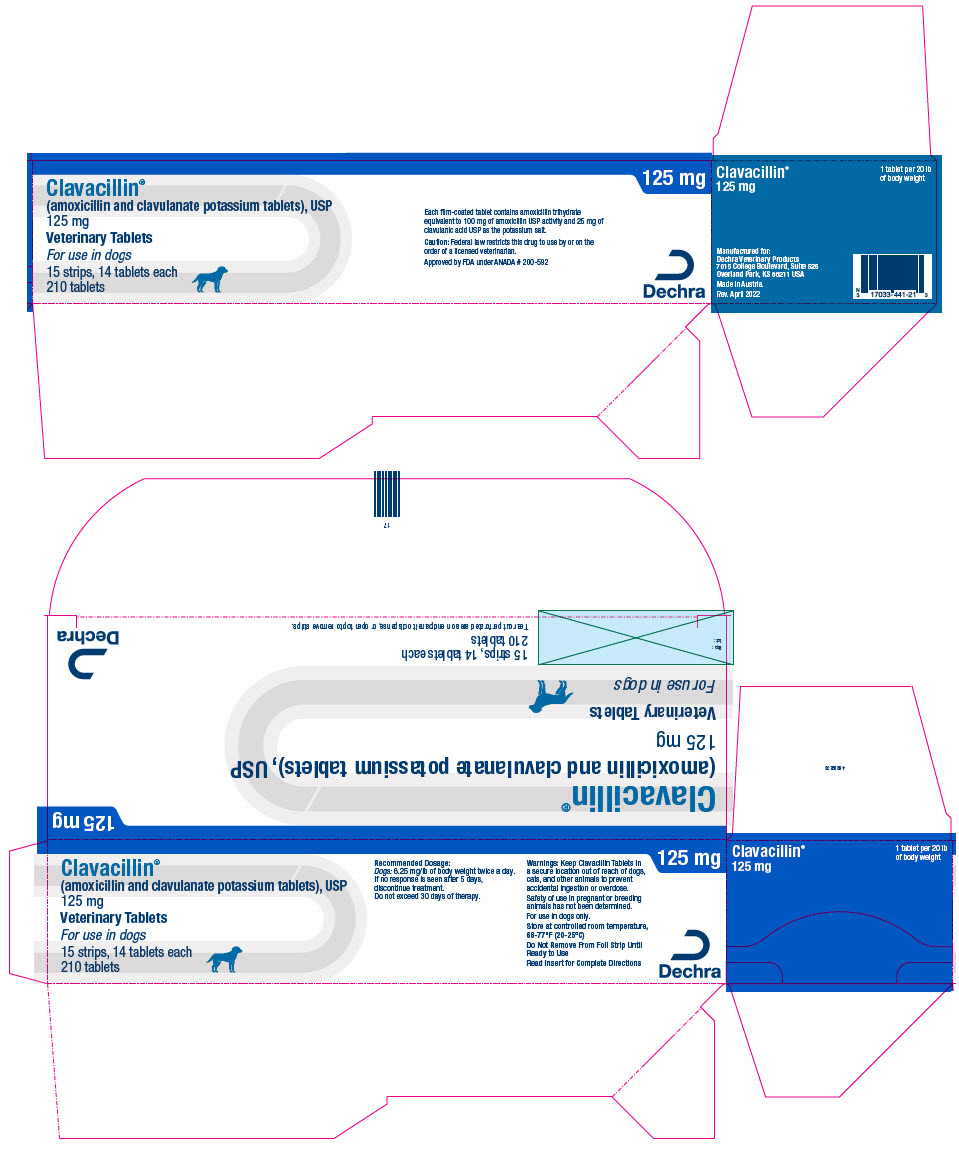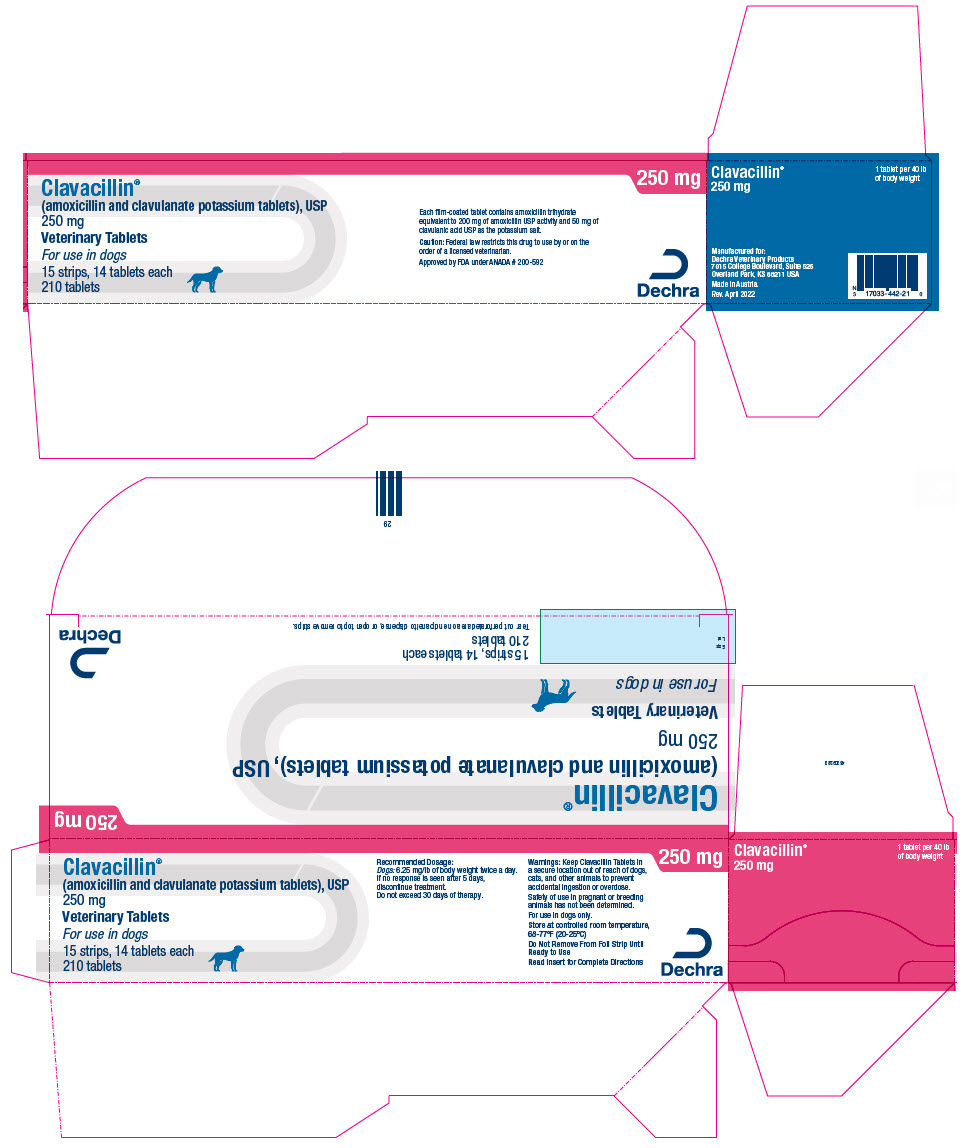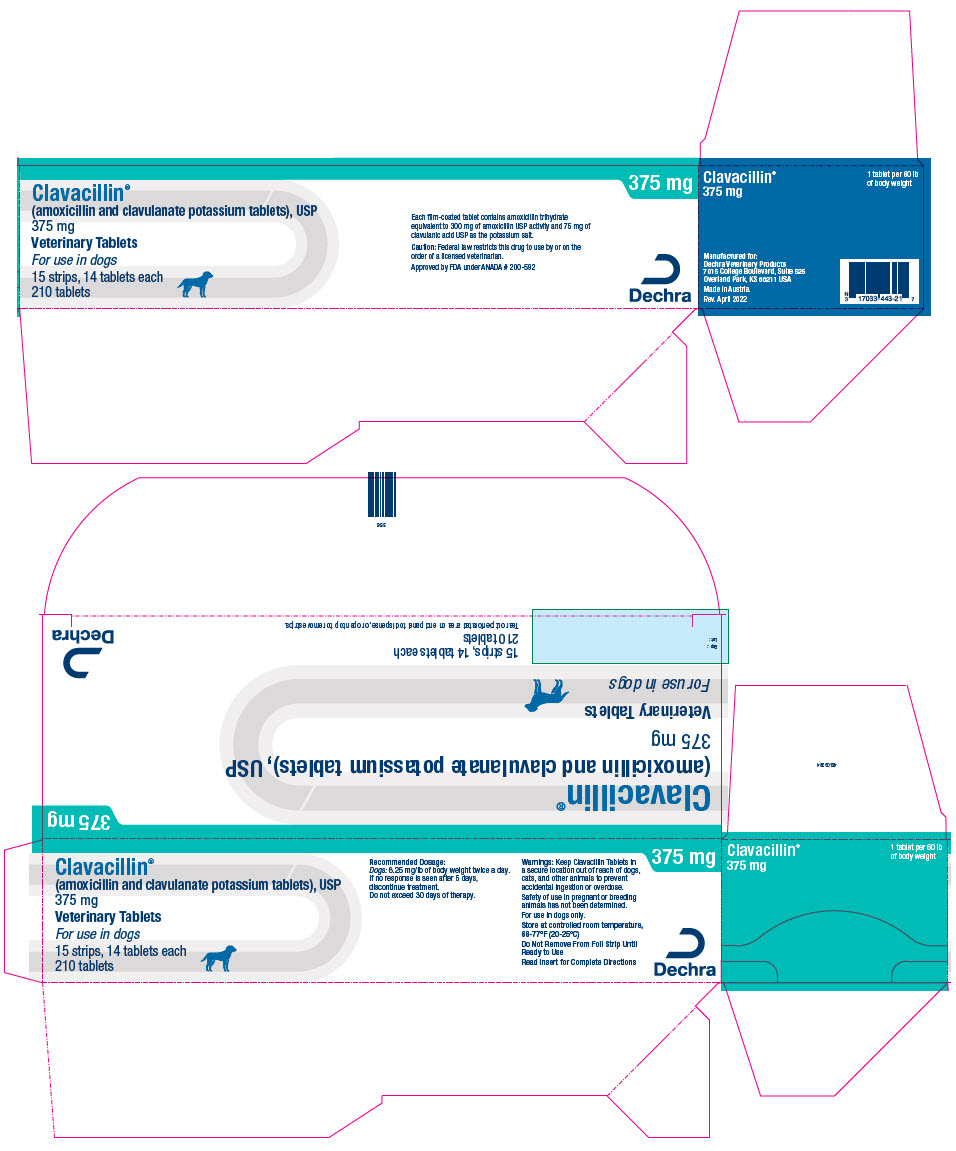Clavacillin (amoxicillin anhydrous 50 mg clavulanate potassium 12.5 mg) Dailymed
Generic: amoxicillin anhydrous and clavulanate potassium is used for the treatment of Cholestasis, Extrahepatic Haemophilus Infections Liver Diseases Otitis Media Staphylococcal Infections Actinomycosis Bites, Human Chlamydia Infections Duodenal Ulcer Endocarditis, Bacterial Listeriosis Lyme Disease Sinusitis Streptococcal Infections Urinary Tract Infections Helicobacter Infections Skin Diseases, Bacterial Soft Tissue Infections
IMPRINT: P1
SHAPE: round
COLOR: yellow
All Imprints
clavacillin (amoxicillin anhydrous and clavulanate potassium) tablet - p3 round yellow
clavacillin (amoxicillin anhydrous and clavulanate potassium) tablet - p2 round yellow
clavacillin (amoxicillin anhydrous and clavulanate potassium) tablet - p1 round yellow
Go PRO for all pill images
(amoxicillin trihydrate/clavulanate potassium) Veterinary Tablets For use in dogs and cats
Safe Handling Warning Section
CAUTION:
Federal (USA) law restricts this drug to use by or on the order of a licensed veterinarian.
Description Section
DESCRIPTION:
Clavacillin (amoxicillin trihydrate/clavulanate potassium) is an orally administered formulation comprised of the broad-spectrum antibiotic amoxicillin trihydrate and the β-lactamase inhibitor, clavulanate potassium (the potassium salt of clavulanic acid).
Amoxicillin trihydrate is a semisynthetic antibiotic with a broad spectrum of bactericidal activity against many gram-positive and gram-negative, aerobic and anaerobic microorganisms. It does not resist destruction by β-lactamases; therefore, it is not effective against β-lactamase-producing bacteria. Chemically, it is D(-)-α-amino-p-hydroxybenzyl penicillin trihydrate.
Clavulanic acid, an inhibitor of β-lactamase enzymes, is produced by the fermentation of Streptomyces clavuligerus. Clavulanic acid by itself has only weak antibacterial activity. Chemically, clavulanate potassium is potassium z-(3R,5R)-2-β-hydroxyethylidene clavam-3-carboxylate.
Mechanism Of Action Section
ACTIONS:
Clavacillin is stable in the presence of gastric acid and are not significantly influenced by gastric or intestinal contents. The 2 components are rapidly absorbed resulting in amoxicillin and clavulanic acid concentrations in serum, urine, and tissues similar to those produced when each is administered alone.
Amoxicillin and clavulanic acid diffuse readily into most body tissues and fluids with the exception of brain and spinal fluid, which amoxicillin penetrates adequately when meninges are inflamed. Most of the amoxicillin is excreted unchanged in the urine. Clavulanic acid's penetration into spinal fluid is unknown at this time. Approximately 15% of the administered dose of clavulanic acid is excreted in the urine within the first 6 hours.
Clavacillin combines the distinctive properties of a broad-spectrum antibiotic and a β-lactamase inhibitor to effectively extend the antibacterial spectrum of amoxicillin to include β-lactamase-producing as well as non-β-lactamase-producing aerobic and anaerobic organisms.
Microbiology Section
MICROBIOLOGY:
Amoxicillin is bactericidal in action and acts through the inhibition of biosynthesis of cell wall mucopeptide of susceptible organisms. The action of clavulanic acid extends the antimicrobial spectrum of amoxicillin to include organisms resistant to amoxicillin and other β-lactam antibiotics. Amoxicillin/clavulanate has been shown to have a wide range of activity which includes β-lactamase-producing strains of both gram-positive and gram-negative aerobes, facultative anaerobes, and obligate anaerobes. Many strains of the following organisms, including β-lactamase-producing strains, isolated from veterinary sources, were found to be susceptible to amoxicillin/clavulanate in vitro but the clinical significance of this activity has not been demonstrated for some of these organisms in animals.
Aerobic bacteria, including Staphylococcus aureusThe susceptibility of these organisms has also been demonstrated in in vivo studies. , β-lactamase-producing Staphylococcus aureus(penicillin resistant), Staphylococcus species , Staphylococcus epidermidis, Staphylococcus intermedius, Streptococcus faecalis, Streptococcus species , Corynebacterium pyogenes, Corynebacterium species, Erysipelothrix rhusiopathiae, Bordetella bronchiseptica, Escherichia coli , Proteus mirabilis, Proteus species, Enterobacter species, Klebsiella pneumoniae, Salmonella dublin, Salmonella typhimurium, Pasteurella multocida, Pasteurella haemolytica, Pasteurella species .
Studies have demonstrated that both aerobic and anaerobic flora are isolated from gingival cultures of dogs with clinical evidence of periodontal disease. Both gram-positive and gram-negative aerobic and anaerobic subgingival isolates indicate sensitivity to amoxicillin/clavulanic acid during antimicrobial susceptibility testing.
SUSCEPTIBILITY TEST:
The recommended quantitative disc susceptibility method (FEDERAL REGISTER 37:20527-29; Bauer AW, Kirby WMM, Sherris JC, et al: Antibiotic susceptibility testing by standardized single disc method. Am J Clin Path 45:493, 1966) utilized 30 mcg Augmentin® (AMC) discs for estimating the susceptibility of bacteria to amoxicillin trihydrate and clavulanate potassium.
Veterinary Indications Section
INDICATIONS:
Clavacillin is indicated in the treatment of:
Dogs: Skin and soft tissue infections such as wounds, abscesses, cellulitis, superficial/juvenile and deep pyoderma due to susceptible strains of the following organisms: β-lactamase-producing Staphylococcus aureus, non-β-lactamase-producing Staphylococcus aureus, Staphylococcus spp., Streptococcus spp., and E. coli.
Periodontal infections due to susceptible strains of both aerobic and anaerobic bacteria. Clavacillin has been shown to be clinically effective for treating cases of canine periodontal disease.
Cats: Skin and soft tissue infections such as wounds, abscesses, and cellulitis/dermatitis due to susceptible strains of the following organisms: β-lactamase-producing Staphylococcus aureus, non-β-lactamase-producing Staphylococcus aureus, Staphylococcus spp., Streptococcus spp., E. coli, and Pasteurella spp. Urinary tract infections (cystitis) due to susceptible strains of E. coli.
Therapy may be initiated with Clavacillin prior to obtaining results from bacteriological and susceptibility studies. A culture should be obtained prior to treatment to determine susceptibility of the organisms to Clavacillin. Following determination of susceptibility results and clinical response to medication, therapy may be reevaluated.
Contraindications Section
CONTRAINDICATIONS:
The use of this drug is contraindicated in animals with a history of an allergic reaction to any of the penicillins or cephalosporins.
Warnings Section
WARNINGS:
STORAGE AND HANDLING SECTION
Safety of use in pregnant or breeding animals has not been determined. Store at controlled room temperature, 68-77°F (20-25°C).
Do not remove from foil strip until ready to use.
Adverse Reactions Section
ADVERSE REACTIONS:
Clavacillin contains a semisynthetic penicillin (amoxicillin) and has the potential for producing allergic reactions. If an allergic reaction occurs, administer epinephrine and/or steroids.
Post-Approval Experience (July, 2017)
The following adverse events are based on post-approval adverse drug experience reporting. Not all adverse events are reported to FDA/CVM. It is not always possible to reliably estimate the adverse event frequency or establish a causal relationship to product exposure using these data.
The following adverse events reported for dogs and cats are uled in decreasing order of reporting frequency for amoxicillin and clavulanate potassium tablets: Anorexia, lethargy, vomiting and diarrhea.
To report suspected adverse events, for technical assistance or to obtain a copy of the safety data sheet (SDS), contact Dechra at (866) 933-2472.
For additional information about adverse drug experience reporting for animal drugs, contact FDA at 1-888-FDA-VETS, or online at http://www.fda.gov/reportanimalae
Dosage & Administration Section
DOSAGE AND ADMINISTRATION:
Dogs: The recommended dosage is 6.25 mg/lb of body weight twice a day.
Skin and soft tissue infections such as abscesses, cellulitis, wounds, superficial/juvenile pyoderma, and periodontal infections should be treated for 5-7 days or for 48 hours after all symptoms have subsided. If no response is seen after 5 days of treatment, therapy should be discontinued and the case reevaluated. Deep pyoderma may require treatment for 21 days; the maximum duration of treatment should not exceed 30 days.
Cats: The recommended dosage is 62.5 mg twice a day.
Skin and soft tissue infections such as abscesses and cellulitis/dermatitis should be treated for 5-7 days or for 48 hours after all symptoms have subsided, not to exceed 30 days. If no response is seen after 3 days of treatment, therapy should be discontinued and the case reevaluated.
Urinary tract infections may require treatment for 10-14 days or longer. The maximum duration of treatment should not exceed 30 days.
How Supplied Section
HOW SUPPLIED:
Clavacillin Tablets in the following strengths are supplied in strip packs. Each carton can hold 5 strips with 14 tablets (70 tablets per carton) or 15 strips with 14 tablets (210 tablets per carton).
Each 62.5-mg tablet contains amoxicillin trihydrate equivalent to 50 mg of amoxicillin activity and 12.5 mg of clavulanic acid as the potassium salt. For use in dogs and cats.
Each 125-mg tablet contains amoxicillin trihydrate equivalent to 100 mg of amoxicillin activity and 25 mg of clavulanic acid as the potassium salt. For use in dogs only.
Each 250-mg tablet contains amoxicillin trihydrate equivalent to 200 mg of amoxicillin activity and 50 mg of clavulanic acid as the potassium salt. For use in dogs only.
Each 375-mg tablet contains amoxicillin trihydrate equivalent to 300 mg of amoxicillin activity and 75 mg of clavulanic acid as the potassium salt. For use in dogs only.
Dispense according to recommendations outlined in Dosage and Administration section.
Approved by FDA under ANADA # 200-592
Augmentin is a trademark owned by GlaxoSmithKline.
Manufactured for: Dechra Veterinary Products7015 College Boulevard, Suite 525Overland Park, KS 66211 USA
Made in Austria.
Rev. June 2021

Principal Display Panel - 62.5 Mg Tablet Blister Pack Carton
Clavacillin® (amoxicillin and clavulanate potassium tablets), USP
62.5 mg
Veterinary Tablets
For use in dogs and cats
15 strips, 14 tablets each 210 tablets
Each film-coated tablet contains amoxicillin trihydrate equivalent to 50 mg of amoxicillin USP activity and 12.5 mg of clavulanic acid USP as the potassium salt.
Caution: Federal law restricts this drug to use by or on the order of a licensed veterinarian.
Approved by FDA under ANADA # 200-592
62.5 mg
Dechra

Principal Display Panel - 125 Mg Tablet Blister Pack Carton
Clavacillin® (amoxicillin and clavulanate potassium tablets), USP
125 mg
Veterinary Tablets
For use in dogs
15 strips, 14 tablets each 210 tablets
Each film-coated tablet contains amoxicillin trihydrate equivalent to 100 mg of amoxicillin USP activity and 25 mg of clavulanic acid USP as the potassium salt.
Caution: Federal law restricts this drug to use by or on the order of a licensed veterinarian.
Approved by FDA under ANADA # 200-592
125 mg
Dechra

Principal Display Panel - 250 Mg Tablet Blister Pack Carton
Clavacillin® (amoxicillin and clavulanate potassium tablets), USP
250 mg
Veterinary Tablets
For use in dogs
15 strips, 14 tablets each 210 tablets
Each film-coated tablet contains amoxicillin trihydrate equivalent to 200 mg of amoxicillin USP activity and 50 mg of clavulanic acid as the potassium salt.
Caution: Federal law restricts this drug to use by or on the order of a licensed veterinarian.
Approved by FDA under ANADA # 200-592
250 mg
Dechra

Principal Display Panel - 375 Mg Tablet Blister Pack Carton
Clavacillin® (amoxicillin and clavulanate potassium tablets), USP
375 mg
Veterinary Tablets
For use in dogs
15 strips, 14 tablets each 210 tablets
Each film-coated tablet contains amoxicillin trihydrate equivalent to 300 mg of amoxicillin USP activity and 75 mg of clavulanic acid USP as the potassium salt.
Caution: Federal law restricts this drug to use by or on the order of a licensed veterinarian.
Approved by FDA under ANADA # 200-592
375 mg
Dechra

DISCLAIMER:
"This tool does not provide medical advice, and is for informational and educational purposes only, and is not a substitute for professional medical advice, treatment or diagnosis. Call your doctor to receive medical advice. If you think you may have a medical emergency, please dial 911."
"Do not rely on openFDA to make decisions regarding medical care. While we make every effort to ensure that data is accurate, you should assume all results are unvalidated. We may limit or otherwise restrict your access to the API in line with our Terms of Service."
"This product uses publicly available data from the U.S. National Library of Medicine (NLM), National Institutes of Health, Department of Health and Human Services; NLM is not responsible for the product and does not endorse or recommend this or any other product."
PillSync may earn a commission via links on our site


